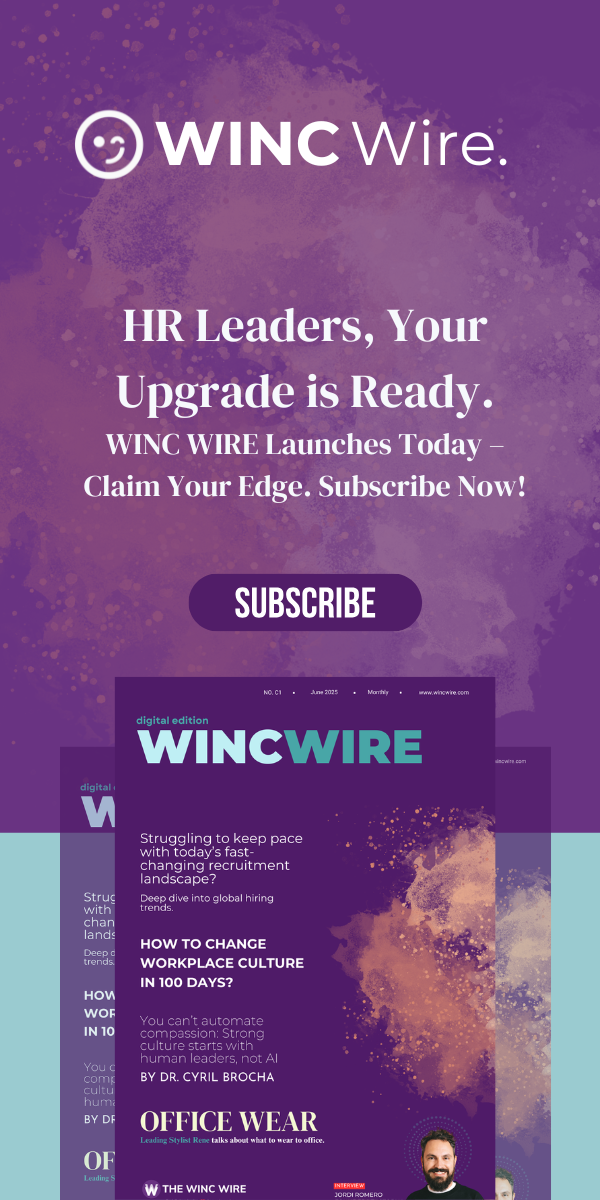At the heart of any enduring organisation lies a simple truth: people believe people. In today’s digital marketplace where scepticism is high and attention spans short authenticity cuts through the noise. That’s why employee advocacy isn’t just a marketing strategy; it’s a cultural investment. One that pays dividends in trust, visibility, and future long-term brand equity.
Think of it this way: your employees aren’t just contributors to your success they are its storytellers. When their voices echo your company’s purpose across social platforms, it’s not amplification for the sake of it. It’s a chorus of real human experiences, weaving credibility into every message you share.
What Is Employee Advocacy Really?
In essence, employee advocacy is about inviting your team to become ambassadors of your brand’s values, offerings, and day-to-day brilliance. But unlike standard campaigns, this isn’t top-down broadcasting. It’s bottom-up credibility.
Rather than scripted endorsements, employee advocacy thrives on authentic expression. It’s the difference between an advert telling you what to think and a trusted peer saying, “Here’s what I love about where I work.”
By activating the voices within, organisations gain access to wider networks, warmer engagement, and a narrative that resonates far beyond corporate accounts. And there’s a quiet bonus: employees who advocate for their workplace tend to feel more connected to it.
Why It Matters Now More Than Ever
As organisations recalibrate in the wake of hybrid work, changing talent expectations, and digitally savvy consumers, advocacy has evolved from a ‘nice-to-have’ to a strategic lever.
When employees share snapshots of real culture leadership moments, wellbeing initiatives, career development journeys it’s a powerful magnet for talent and trust. In the automotive sector, I’ve seen engineering teams rally around innovation stories that inspired junior hires. In hospitality, a single story of service excellence—shared by a front-line employee has gone viral, reinforcing a people-first brand reputation.
In short, advocacy is no longer a communications tactic. It’s an operational edge.
The Tangible Benefits
Advocacy fuels more than reputation it drives performance. Here’s how:
- Wider Organic Reach: Personal social networks often exceed corporate channels in both size and engagement. Your message travels further—and lands softer.
- Increased Credibility: When shared through human voices, even branded content feels more relatable. It’s not spin. It’s sincerity.
- Stronger Employer Brand: Advocacy paints a lived-in picture of your culture—one that’s more compelling to candidates than polished careers pages.
- Boosted Morale and Belonging: Giving employees a voice affirms their value. They don’t just work for the business; they feel part of its mission.
Laying the Groundwork: How to Begin
Much like crafting exceptional guest experiences or refining a production line, advocacy must be intentional and well-engineered. Here’s a framework to build from:
- Share the Vision Clearly: Help your people understand the ‘why’—why their voice matters and how it shapes the company’s public image.
- Establish Guardrails, Not Fences: Provide guidance on tone, content types, and compliance without stifling creativity.
- Champion a Culture of Trust: Recognition goes a long way. Publicly celebrate employees who participate. Others will follow.
- Equip with Tools, Not Just Talk: Make sharing easy. Curated content libraries, visual templates, and suggested post copy can spark participation without pressure.
How to Know It’s Working
Measure what matters. Beyond likes and impressions, track:
- Reach and Engagement: Who’s seeing the content—and how are they interacting with it?
- Brand Sentiment: Is advocacy improving how people talk about your organisation?
- Participation Levels: Are employees actively contributing, and are new voices joining over time?
- Conversion Outcomes: Where relevant, track how advocacy supports recruitment, lead generation, or referrals.
Tie these metrics to your broader strategic goals—be it talent retention, customer growth, or cultural cohesion.
Final Thought: From Broadcast to Belonging
True advocacy doesn’t come from marketing playbooks. It’s born in cultures of excellence where employees are proud to share, and leadership trusts them to do so.
When your people become your greatest champions, your brand doesn’t just grow louder. It grows more human, more trusted, and more resilient. In a world chasing visibility, employee advocacy builds something deeper: connection.
So the question isn’t whether to start. It’s whether you’re ready to listen, empower, and co-author your brand’s future from the inside out.





